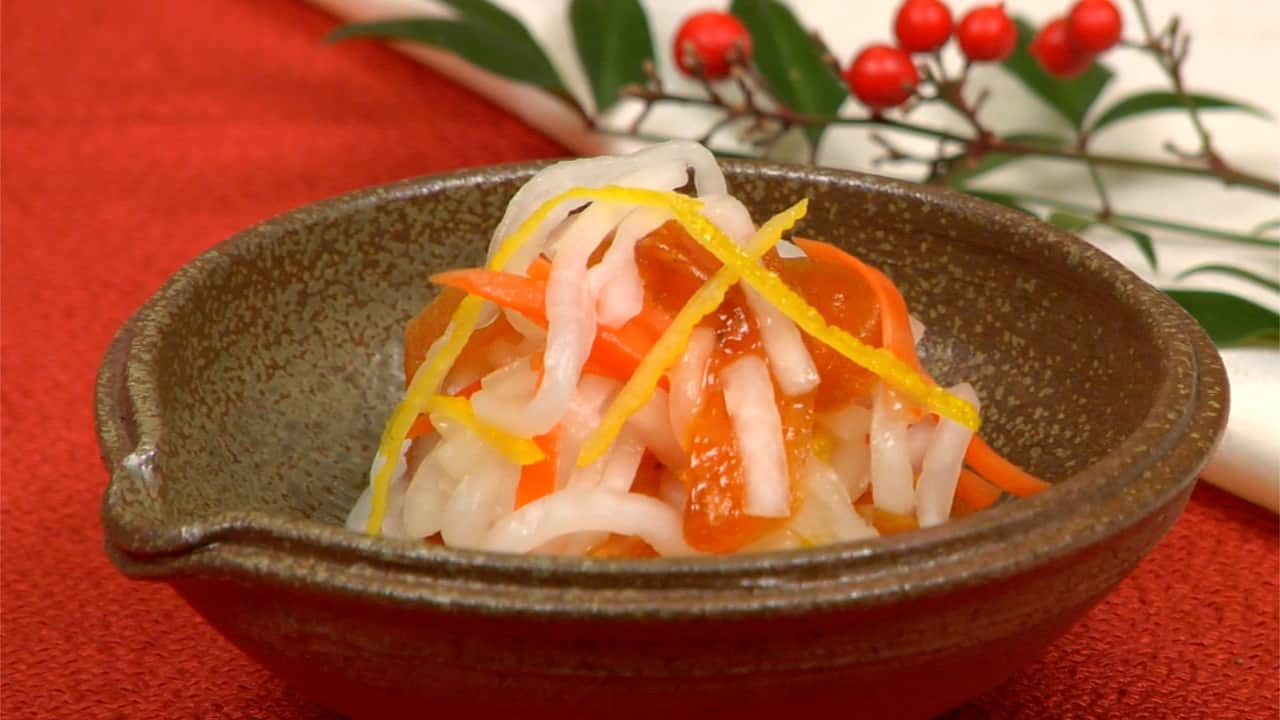
|
|
Harleian MS. 279 (ab 1430) – Cxxxvj. A potage of Roysons – Rice Porridge with Apples and Raisins
|
🥕 Includes Dietary Notes!
Today's recipe adventure from the Two Fifteenth-Century Cookery Books (Harleian MS. 279, ab 1430) explores Cxxxvj. A potage of Roysons, a gentle almond-milk-based pottage thickened with rice flour and dotted with apples and raisins.
This dish would likely have appeared during the pottage course of a medieval meal — possibly served warm with bread during Lent or in the infirmary for the ailing. Its flavor is mild, lightly sweetened with fruit, and comforting. I served this version at an SCA breakfast event, and it went over well, though some testers called it “tasty, but not delicious.” And honestly? Same. I’ve made similar recipes that were more complex — perhaps I’m just still not a fan of raisins.
Original Recipe and Modern Translation
| Original Middle English (Harleian MS. 279, c.1430) | Modern English Translation |
| Cxxxvj. A potage of Roysons.—Take Raysonys, & do a-way þe kyrnellys; & take a part of Applys, & do a-way þe corys, & þe pare, & bray hem in a mortere, & temper hem with Almande Mylke, & melle hem with flowre of Rys, þat it be clene chargeaunt, & straw vppe-on pouder of Galyngale & of Gyngere, & serue it forth. | Take raisins and remove the seeds. Take some apples, remove the cores and peel them. Mash them in a mortar, and mix them with almond milk. Stir in rice flour until the mixture is thick. Sprinkle with powdered galangal and ginger, and serve. |
Interpreted Recipe (Serves 8)
Ingredients
- 4 apples, peeled, cored, and diced
- 1 cup raisins
- 8 cups almond milk
- 1/2 cup honey (optional, to taste)
- 1 cup rice flour
- 2 tsp ginger (or period Good Powder blend)
- 1/2 tsp salt
Instructions
- Warm almond milk with honey and ginger in a large pot.
- Add apples and raisins. Simmer gently until the fruit softens, about 10–15 minutes.
- Whisk in rice flour and stir continuously until it thickens like porridge.
- Stir in salt. Garnish with ginger or galangal powder if desired. Serve warm.
The Role of Raisins in Medieval Cooking
Raisins were frequently used in medieval recipes—not just for desserts, but to enrich and sweeten savory dishes as well. They appear in pottages, sauces, pies, and even stews, often alongside almond milk and rice flour. Their inclusion helped balance humors and added perceived nourishment to lean or fast-day meals.
Cooking Method: What “Temper” Might Mean
The original recipe uses the term “temper hem with Almande Mylke,” which may imply either blending or gradual heating. I chose to warm the almond milk with honey and ginger, then cook the fruit in it gently before adding the rice flour to thicken. This method draws out more flavor from the raisins and apple while creating a smooth, creamy texture.
🥕 Dietary Suggestions:
This dish is naturally
vegan and
gluten-free if prepared with certified rice flour and almond milk.
- For a vegan version: Use maple or date syrup in place of honey.
- Nut-free option: Substitute oat or rice milk for almond milk.
- Camp cooking tip: Premix powdered almond milk, rice flour, and ginger. Add dried apples and raisins on-site with water and heat to serve.
- Texture tweak: Blend the apple and raisins before cooking for a smoother porridge.
🔎 Looking for Similar Recipes?
If you enjoyed
A Potage of Roysons, you might also like these other fruit- and almond-based dishes from the same manuscript:




